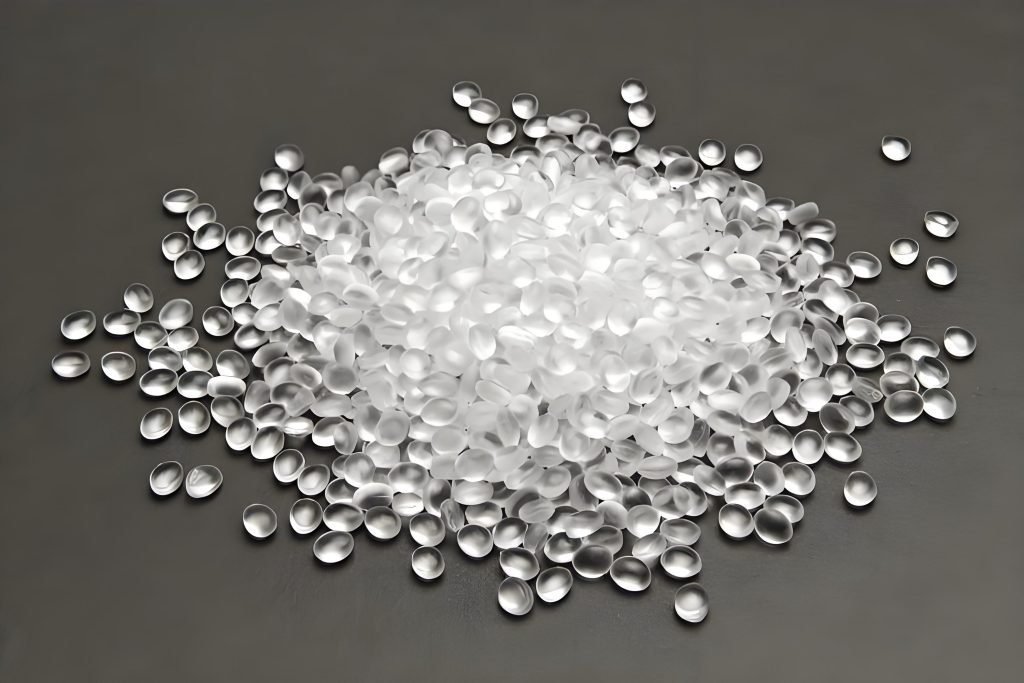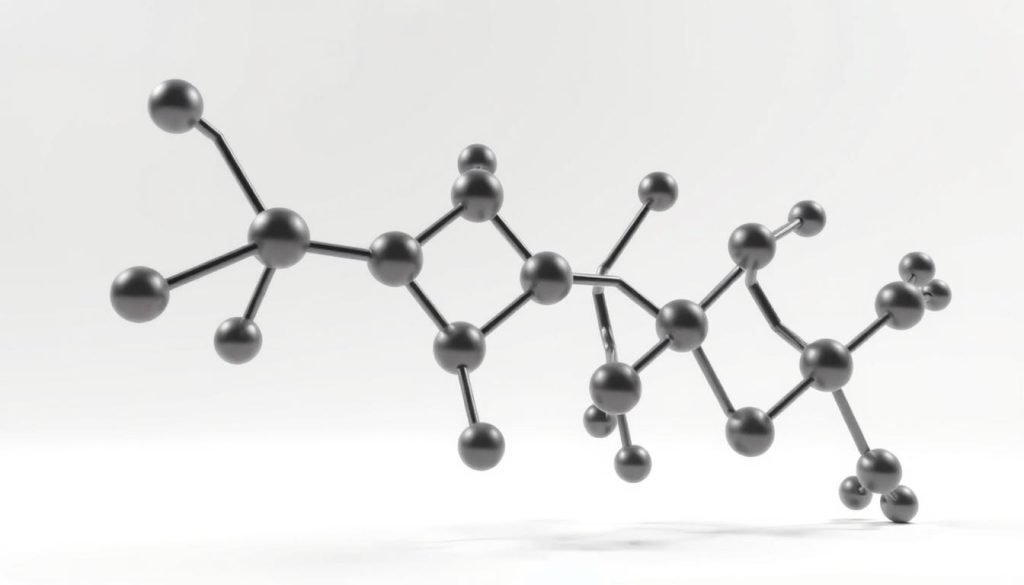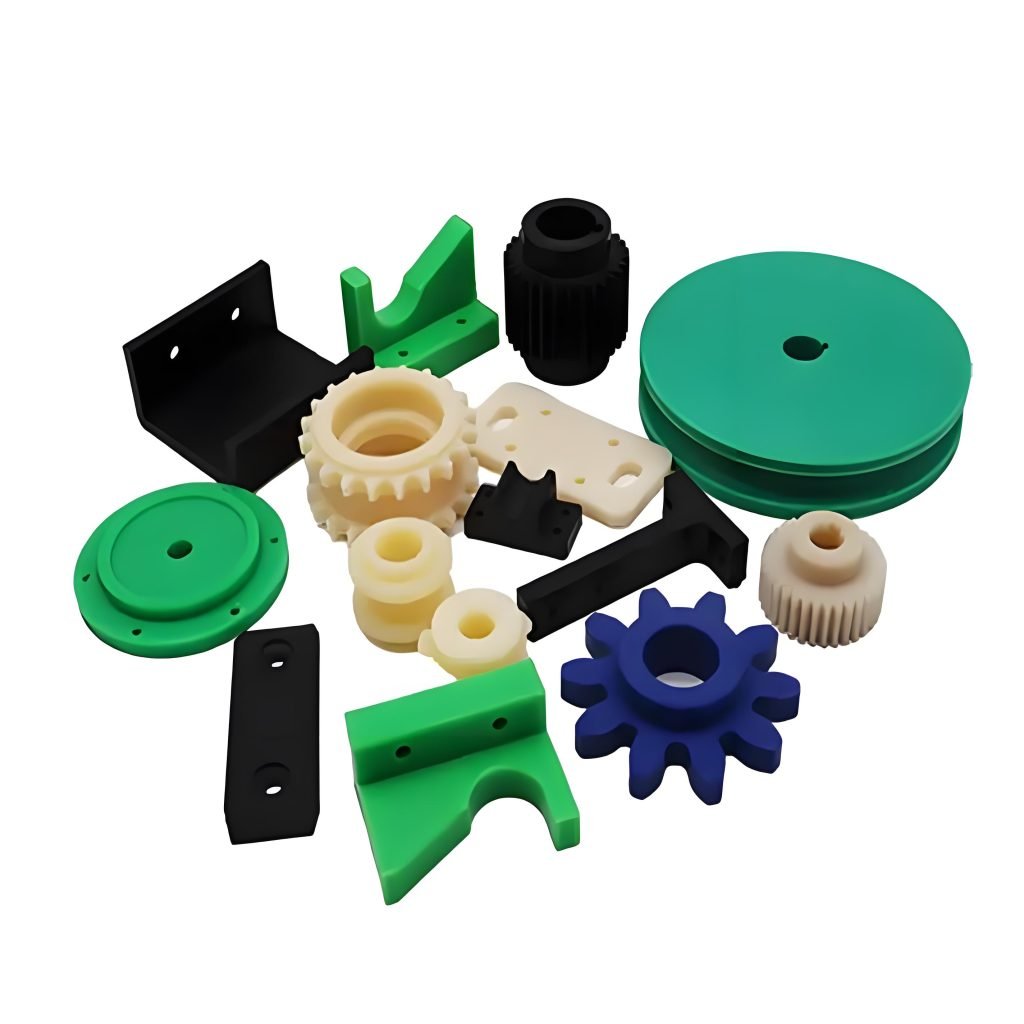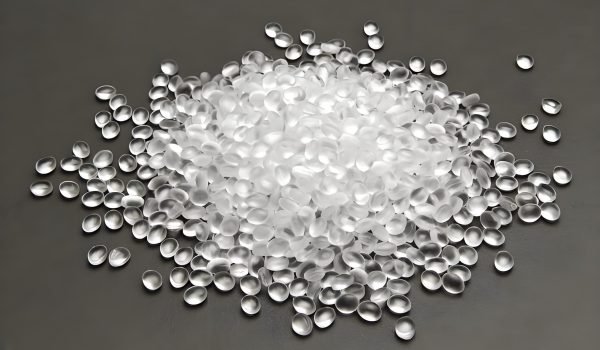What makes polypropylene one of the most versatile plastics in modern manufacturing? As a synthetic material classified within the polyolefin group of hydrocarbon polymers, polypropylene stands out due to its unique properties.

Understanding the melting characteristics of this thermoplastic is crucial for manufacturers. The melting point of polypropylene typically ranges between 266°F to 340°F (130°C to 170°C), making it suitable for various applications, from automotive components to food packaging.
This temperature range allows for moderate heat resistance while maintaining structural integrity. As you explore the world of plastic manufacturing, grasping the significance of polypropylene’s melting behavior is key to optimizing production processes and product performance.
Understanding Polypropylene (PP) and Its Properties
You need to understand polypropylene’s properties to utilize this material effectively in manufacturing. Polypropylene (PP) is a versatile thermoplastic polymer that has gained widespread acceptance across various industries due to its unique characteristics.
What is Polypropylene?
Polypropylene is a thermoplastic polymer produced through the polymerization of propylene monomers. It belongs to the polyolefin family of polymers and is characterized by its unique molecular structure, where methyl groups (CH3) are attached to alternate carbon atoms in the polymer chain. This structure contributes to its lightweight, high strength, and resistance to chemicals and heat.
Key Physical and Chemical Properties
Polypropylene possesses several key physical and chemical properties that make it valuable for manufacturing. Its low density (0.90-0.91 g/cm³) makes it one of the lightest commercial plastics available, allowing manufacturers to produce more products with less material. Additionally, its semi-crystalline nature provides an excellent balance of mechanical properties, including high tensile strength, good stiffness, and resistance to fatigue. Polypropylene also exhibits outstanding chemical resistance to most acids, alkalis, and organic solvents at room temperature, making it suitable for various applications, from chemical storage containers to food packaging.
The material can be formulated as either a homopolymer or copolymer, incorporating other monomers like ethylene to tailor its properties for specific applications. This versatility, combined with its physical and chemical properties, makes polypropylene a preferred material in various industries.
The Melting Point of Polypropylene: What You Need to Know
The melting point of polypropylene is a key characteristic that influences its processing parameters. Understanding this property is essential for manufacturers who work with this versatile plastic material. Polypropylene’s melting behavior affects not only its processing but also its end-use performance and product quality.
Defining Polypropylene Melting Point Range
The melting point of polypropylene typically ranges between 130°C to 171°C (266°F to 340°F), with most commercial grades melting around 160-170°C (320-338°F). This range is not a single temperature but a transition zone where polypropylene gradually changes from a solid to a liquid state. The exact melting point depends on the specific grade, molecular weight, and degree of crystallinity of the polypropylene.
When processing polypropylene, manufacturers typically set equipment temperatures 10-20°C above the melting point (around 180-190°C) to ensure complete melting and optimal flow properties during injection molding, extrusion, or blow molding operations.
How Melting Point Affects Processing
The melting point of polypropylene significantly affects its processing. To achieve optimal flow and quality, you need to set your equipment to a temperature above its melting point, typically aiming for the higher end of the range (around 160°C to 170°C or 320°F to 338°F). Processing too close to the melting point may result in incomplete melting, while excessive temperatures can lead to material degradation and compromised product quality.
Comparing PP Melting Point to Other Plastics
Compared to other common thermoplastics, polypropylene’s melting point is higher than polyethylene (HDPE melts at 130-140°C) but lower than nylon (220°C) or polycarbonate (267°C). This positions polypropylene as a versatile middle-ground option for many applications, offering a balance between heat resistance and processability.
Understanding how polypropylene’s melting point compares to other plastics helps you choose the right material for your specific application and processing requirements.
Why Polypropylene Melting Point Matters in Manufacturing
Polypropylene’s melting point is a key consideration in manufacturing, influencing both product quality and processing techniques. When working with polypropylene (PP), understanding what affects its melting point can make a big difference in how you use it.
Impact on Product Quality and Performance
The melting point of polypropylene directly influences manufacturing efficiency and product quality. Processing temperatures that are too low relative to polypropylene’s melting point can result in incomplete melting, leading to defects in finished products. On the other hand, excessive temperatures can cause material breakdown and reduced mechanical properties.
For products designed for high-temperature applications, understanding the relationship between processing temperature and the final melting point ensures that components maintain dimensional stability and mechanical performance throughout their service life.
Temperature Considerations During Processing
Temperature control precision during manufacturing directly impacts product quality consistency. The cooling phase after processing is equally critical, as the rate at which polypropylene solidifies affects crystallinity development, determining key performance characteristics such as strength, stiffness, and impact resistance.
To achieve the desired properties in your products, it’s essential to follow proper cooling rates and temperature settings during the manufacturing process.
Factors Influencing Polypropylene’s Melting Temperature
Understanding the factors that influence polypropylene’s melting temperature is crucial for effective plastic manufacturing. The melting behavior of polypropylene is complex and can be affected by several key factors.
Molecular Weight and Structure

The molecular weight of polypropylene significantly impacts its melting temperature. Polymers with higher molecular weight have longer chains, resulting in stronger intermolecular forces that require more thermal energy to overcome, thus elevating the melting point. The structure of these polymer chains, including their arrangement and length, plays a crucial role in determining the melting behavior.
Crystallinity and Its Effects
The degree of crystallinity in polypropylene directly correlates with its melting behavior. More crystalline regions have an ordered molecular structure that requires higher temperatures to disrupt, while amorphous regions soften over a broader temperature range. The tacticity, or spatial arrangement of methyl groups along the polymer chains, also influences crystallinity and melting points.
Role of Additives and Fillers
Additives and fillers incorporated into polypropylene formulations can significantly alter its melting characteristics. Nucleating agents can promote crystallization and raise melting points, while plasticizers can lower melting temperatures by reducing intermolecular forces between polymer chains. Mineral fillers like talc, calcium carbonate, and glass fibers not only reinforce the polymer but can also influence thermal properties by acting as nucleation sites for crystallization or by altering heat transfer characteristics during processing.
You can optimize the melting temperature of polypropylene for specific applications by carefully selecting and combining these additives and fillers, thereby enhancing the material’s performance and versatility.
Manufacturing Processes Utilizing Polypropylene
Manufacturers utilize polypropylene in different processes due to its adaptable nature. Polypropylene can be processed into various shapes and sizes through different manufacturing techniques, including injection molding, extrusion molding, blow molding, and thermoforming.
Injection Molding with Polypropylene
Injection molding represents one of the most common manufacturing processes for polypropylene. The material is heated above its melting point (typically to 180-280°C depending on the specific grade) and injected into a mold cavity under high pressure. This process allows for the production of complex geometries with excellent dimensional accuracy.
During the injection molding process with polypropylene, proper temperature control throughout the barrel zones is critical. A typical temperature profile gradually increases from the feed zone (180-200°C) to the nozzle (200-230°C) to ensure complete melting while preventing material degradation.

Extrusion and Blow Molding Techniques
Extrusion processing of polypropylene involves continuously melting the polymer and forcing it through a die to create profiles, sheets, films, or pipes. Processing temperatures are typically maintained between 200-240°C, with careful attention paid to cooling rates to control crystallization and final product properties.
Blow molding techniques, including extrusion blow molding and injection blow molding, utilize polypropylene’s excellent melt strength and stretch characteristics to create hollow containers and bottles.
Optimal Processing Temperatures
Regardless of the specific manufacturing process, optimal processing temperatures for polypropylene must balance several factors: ensuring complete melting for good flow properties, maintaining temperatures low enough to prevent thermal degradation, and considering the cooling phase to develop desired crystallinity and mechanical properties in the final part.
When molding or extruding polypropylene, equipment should be set to a temperature above its melting point, typically around 160°C to 170°C (320°F to 338°F), for optimal flow and quality of the finished product.
Benefits of Polypropylene in Plastic Manufacturing
Manufacturers favor polypropylene due to its impressive range of benefits in plastic production. This versatile material is widely used in various applications, from consumer goods to industrial components.
Thermal Resistance Advantages
Polypropylene offers exceptional thermal resistance, with a service temperature range of 0°C to 100°C (32°F to 212°F) for continuous use. This makes it ideal for applications requiring heat resistance, such as microwave-safe containers and automotive components exposed to engine heat.
Chemical Resistance Properties
The outstanding chemical resistance of polypropylene against most acids, bases, and organic solvents makes it the material of choice for laboratory equipment and chemical storage containers. Its resistance to chemicals ensures durability and safety in harsh environments.
Cost-Effectiveness and Sustainability
Polypropylene’s exceptional strength-to-weight ratio allows for the design of lightweight yet durable products, resulting in cost savings during production and transportation. Additionally, polypropylene offers advantages in sustainability, including lower energy requirements during processing, excellent recyclability, and the potential for reduced material usage through design optimization.
Conclusion: Maximizing Polypropylene Performance in Your Manufacturing
To maximize the performance of polypropylene in your products, it’s essential to grasp its melting behavior. Polypropylene’s melting point, typically ranging between 130°C to 171°C, is a critical factor in its processing and end-use performance.
Understanding and optimizing for this temperature range is vital for manufacturers seeking to enhance product quality, production efficiency, and performance across diverse applications, from packaging to automotive components. By controlling processing temperatures, companies can achieve the ideal balance of flow properties and material integrity, resulting in consistent part quality and reduced waste.
The versatility of polypropylene, combined with its excellent thermal properties, makes it an attractive choice in various industries. As sustainability concerns continue to shape the plastics industry, polypropylene’s recyclability and potential for lightweighting applications position it as a forward-looking material choice. By leveraging a thorough understanding of polypropylene’s melting behavior, you can make informed decisions that enhance product performance and improve manufacturing efficiency.
FAQ
The melting temperature range for this plastic is generally between 160°C to 180°C, depending on its specific grade and crystallinity.
Higher molecular weight typically results in a higher melting temperature and improved mechanical properties, but can also make processing more challenging.
Polypropylene’s melting point is generally higher than some plastics like polyethylene but lower than others like polycarbonate or nylon.
Polypropylene offers advantages such as thermal resistance, chemical resistance, and cost-effectiveness, making it a popular choice for various applications.
Yes, polypropylene can be recycled, but repeated processing can lead to changes in its molecular structure, potentially affecting its melting characteristics.




